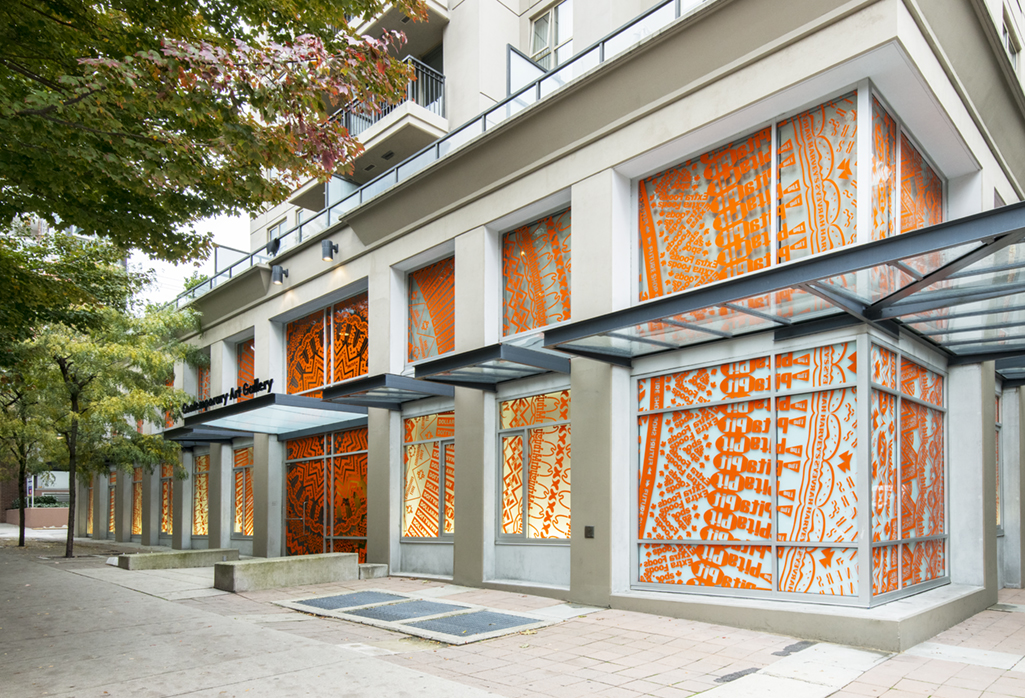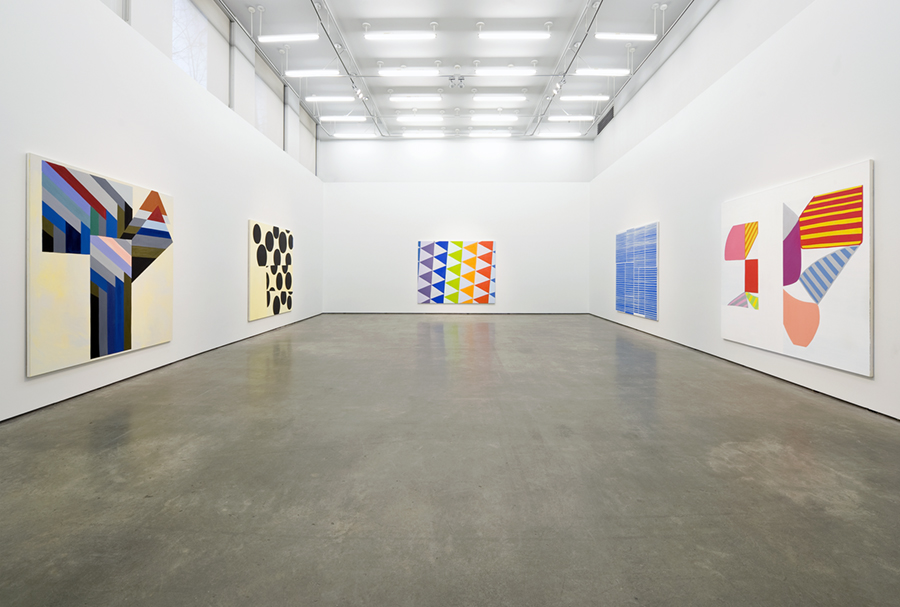“I don’t get it.”
It’s a phrase currently reverberating throughout white-cube spaces across the world. Whether whispered to a friend or silently churned through the minds of less vocal attendees, it’s this fearsome sentiment that causes many to clutch their champagne flutes just a little bit tighter. Bewilderment, coddled by intimidating booklets of texts, or the seemingly hostile lack of exhibition description, is often the first response when experiencing fine art.
To help calm the tremors associated with viewing, the Contemporary Art Gallery (CAG) of Vancouver offers a toolkit known as Night School. Entering its fourth semester this March, the program partners academic rigour with field experiences, offering a series of seminars and studio visits with local, prominent artists. Presided over by guest lecturer Lee Plested, former co-owner of bereaved Vancouver gallery The Apartment, the upcoming semester includes studio visits with Vikky Alexander, Gareth Moore, and Elizabeth McIntosh, as well as exhibition visits with Beau Dick and Lawrence Paul Yuxweluptun.
Talking from his new digs as coordinator with North Vancouver’s Griffin Art Projects, he reflects on the origins of Night School. “It started from a conversation that I had with [CAG executive director] Nigel Prince,” Plested recalls. “He invited me to organize a series of artist talks for the gallery and I said to him, ‘I’d like to do something that’s a little more directly engaging.’” Since prompting the program, Plested has led the course through multiple iterations, bringing in a range of subjects and objectives that touch on common themes and discourses in contemporary art. “Each time it’s been a similar set of methodologies that we look at in the lectures—different ways that we talk about contemporary art,” says Plested of the course structure. He explains that it’s less about names, dates, and places; rather, it’s about “developing the skills and confidence to come to contemporary art and have more tools to understand what an artist’s intentions are.”
While the term “academic rigour” may invoke images of university classrooms dimly lit by slide projectors, the Night School eschews any formal, stagnant structure. “I developed the course, and one thing that’s really great about that—I mean, maybe not so great for my assistant at the CAG—is that I change it,” laughs Plested. Mixing up the structure of the course keeps the format engaging, encouraging dialogue rather than top-down lessons. “Many people have done the course many times—it becomes a community of people who are in conversation,” says Plested. With participants hailing from a range of backgrounds including retired high school teachers, gallery owners, and museum board members, it’s a robust community at that.
Fostering an environment of social exchange rather than teacher-pupil dichotomy requires a slight amount of lubrication; as such, seminars coincide with wine and cheese service and studio visits are bookended with libations. “It all came from something Ian Wallace told me: that the Greeks drank in the consortium,” Plested says. “And I was like, ‘Yes! That is how you learn.’”
Plested encourages his students to take their learnings to the streets, utilizing their sharpened analytical tools. “I encourage them to be tough: I show them exhibitions from the CAG that are obviously by great artists, but maybe aren’t the greatest exhibitions, and I say, ‘Use your critical faculties that you gained from our conversation and make your own decisions,’” says Plested. “I also give little assignments that people don’t actually have to do, but many do do them.” One such task: “Go to the Geoffrey Farmer show. Find one work. Write 200 words on how it’s cited in the museum. What is a single work? Wall labels help. It’s about teaching people how to go into a space and understand how that object of art is operating in that space.”
When confronted with a true puzzler, Plested assures that sometimes formal description is all one needs. “Hopefully by just articulating those forms, you say everything you need to say about that artwork,” he explains. “You don’t have to feel like you need to say more.” You might not get it, but you certainly have something.












